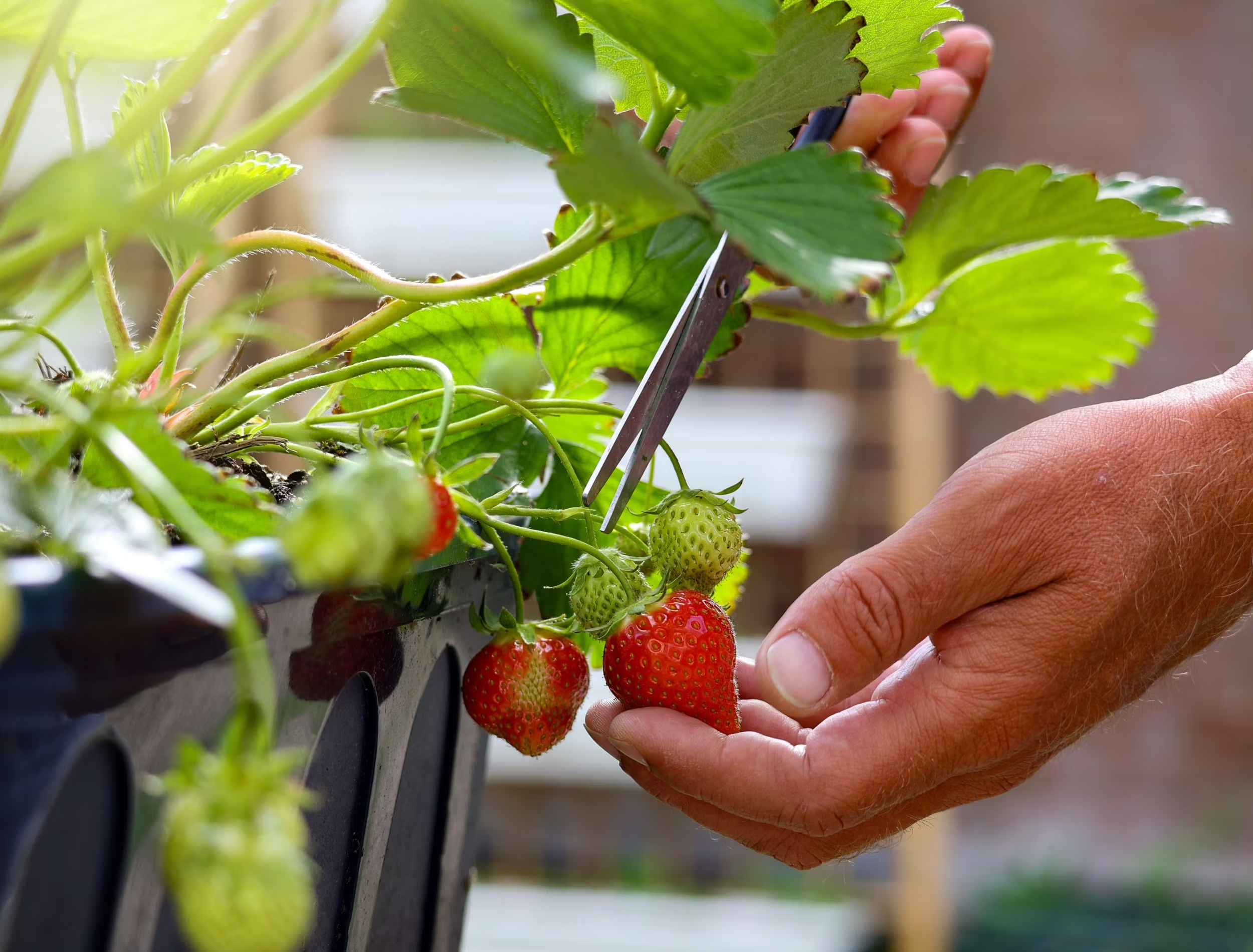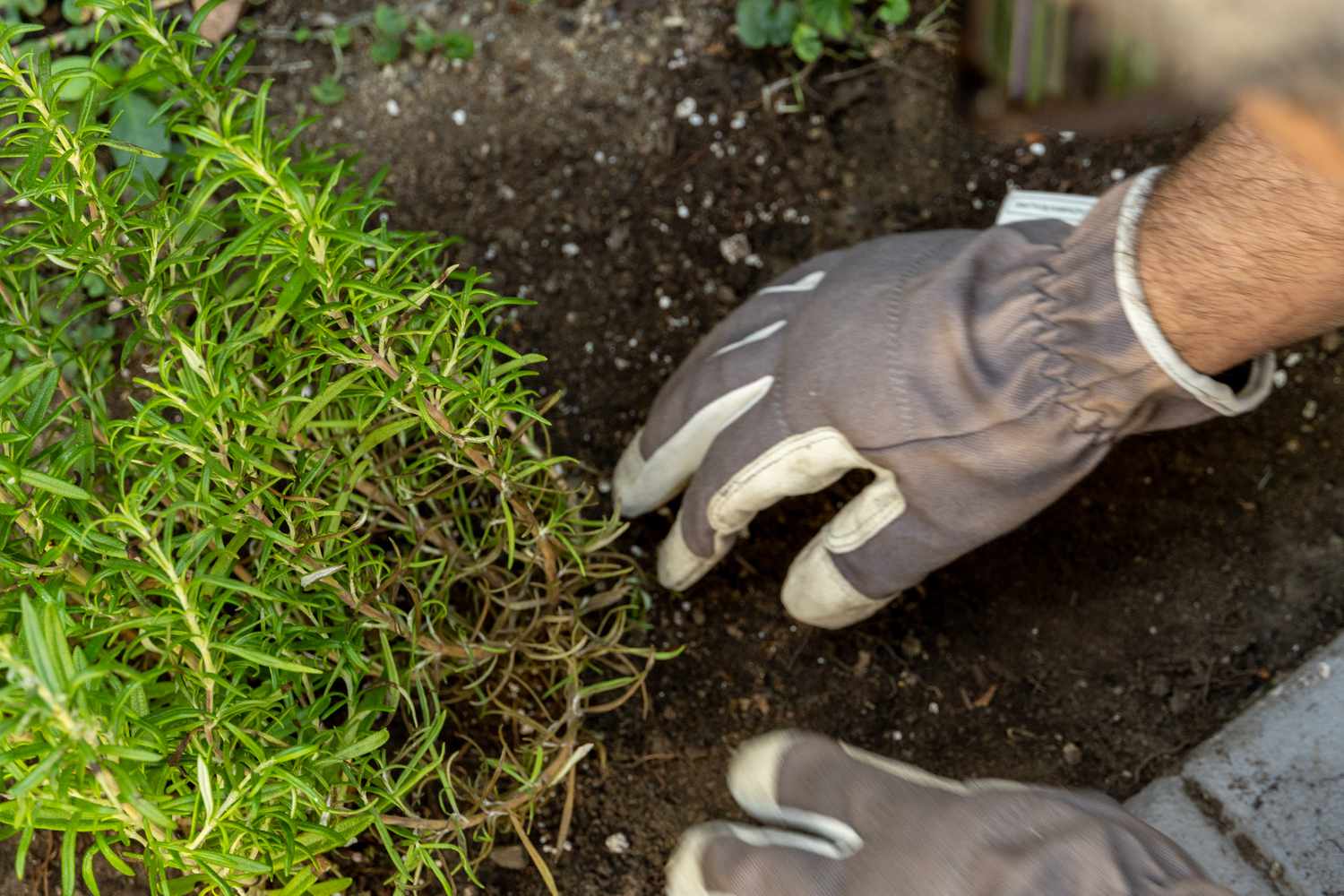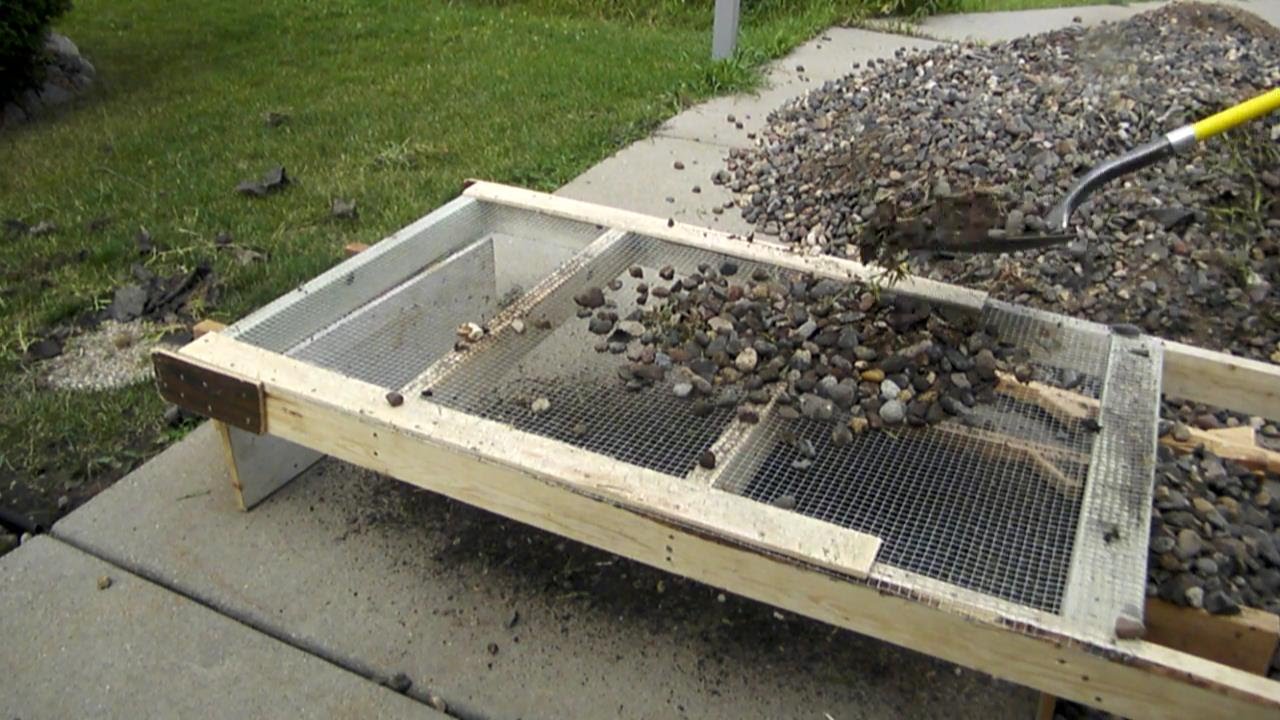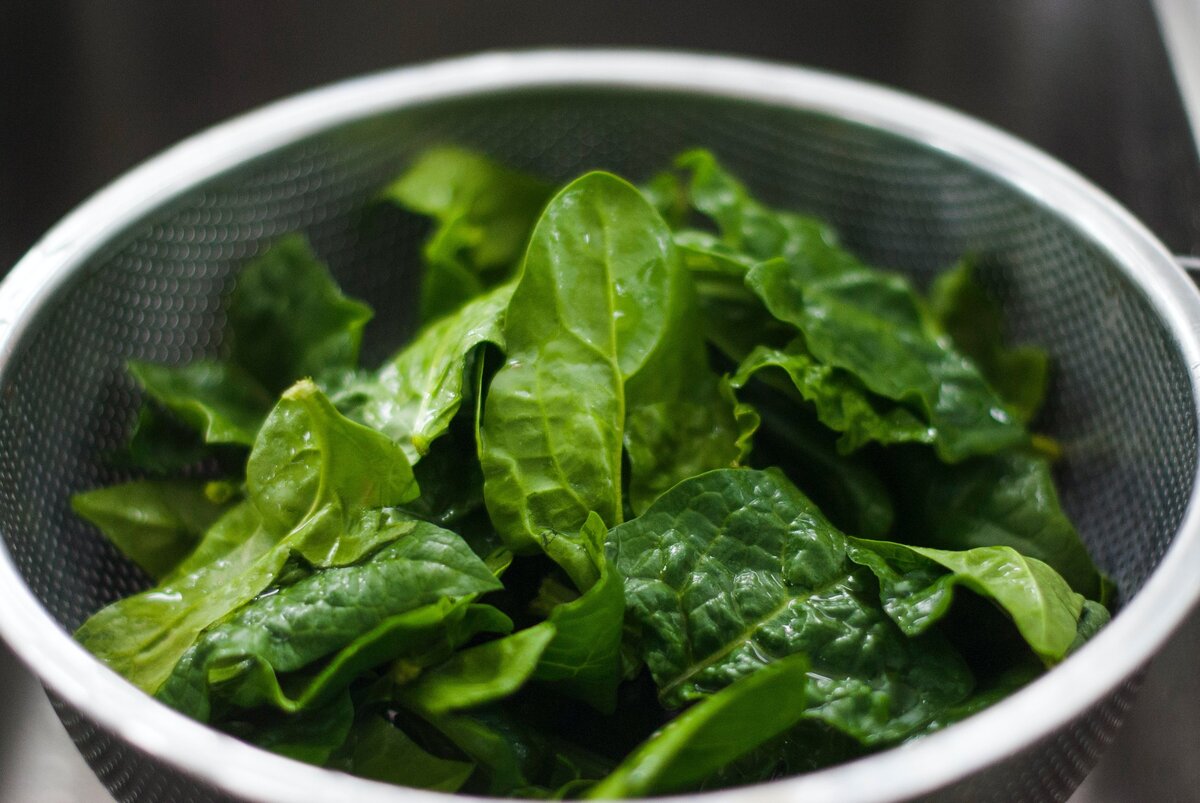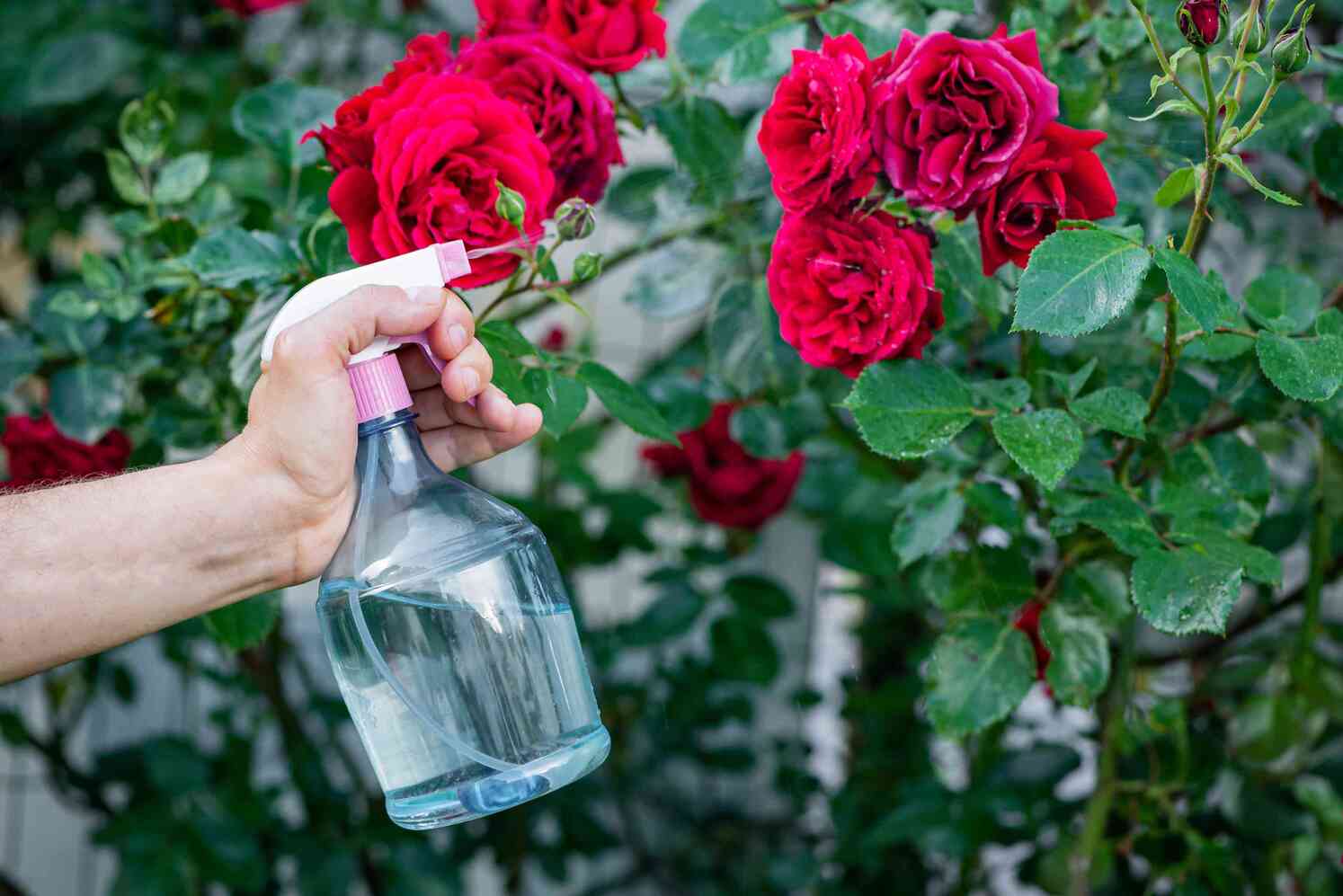Home>Gardening Tips and Tricks>Problem Solving>How To Remove Bushes And Shrubs With A Jack


Problem Solving
How To Remove Bushes And Shrubs With A Jack
Modified: January 22, 2024
Learn how to solve the problem of removing bushes and shrubs efficiently with a jack. Step-by-step guide and expert tips to get the job done.
(Many of the links in this article redirect to a specific reviewed product. Your purchase of these products through affiliate links helps to generate commission for Chicagolandgardening.com, at no extra cost. Learn more)
Table of Contents
Introduction
Welcome to this comprehensive guide on how to remove bushes and shrubs using a jack. If you have overgrown or unwanted vegetation in your garden that needs to be removed, a jack can be a valuable tool to make the task easier and more efficient. Whether you are a seasoned gardener or a novice, this step-by-step guide will walk you through the process, providing you with the necessary tools and techniques to successfully remove bushes and shrubs from your landscape.
Removing bushes and shrubs can be a challenging task, especially if they have deep roots or are densely packed. In such cases, using a jack can provide the necessary leverage and force to uproot the plants without straining your back or resorting to excessive manual labor. Jacks are versatile and powerful tools that are commonly used in construction and automotive industries, but they can also be a secret weapon in your gardening arsenal when it comes to removing stubborn vegetation.
In this guide, we will cover everything you need to know to remove bushes and shrubs using a jack effectively. We will start by discussing the tools and materials you will need for the job. Then, we will guide you through the step-by-step process, from assessing the size and type of bushes and shrubs to the final cleanup and disposal. By following these instructions, you will be able to achieve a clean and well-maintained garden without the hassle of dealing with unwanted vegetation.
So, let’s get started. Grab your jack, put on your gardening gloves, and let’s dive into the world of removing bushes and shrubs with precision and ease.
Tools and Materials Needed
Before you begin removing bushes and shrubs with a jack, it’s important to gather all the necessary tools and materials. Having everything at hand will help streamline the process and ensure a successful outcome. Here are the essential items you will need:
- Jack: The star of the show, a sturdy and reliable jack is crucial for the task at hand. It should be able to provide enough lifting power to uproot the bushes and shrubs effectively. Opt for a hydraulic jack with a high weight capacity.
- Gloves: Protect your hands with a sturdy pair of gardening gloves. Choose gloves that offer a good grip and are durable enough to handle the rough stems and branches.
- Pruning Shears: Before using the jack, you may need to trim any overgrown branches or foliage. Pruning shears will come in handy for this task, allowing you to easily cut through thick stems and branches.
- Shovel: A shovel is necessary for digging around the base of the bushes and shrubs. It will help loosen the soil, making it easier to remove the roots once the jack is in place.
- Wheelbarrow or Tarp: After removing the bushes and shrubs, you will need a wheelbarrow or tarp to transport the debris for disposal. This will make cleanup much more efficient.
- Safety Gear: Always prioritize safety during any gardening task. Wear protective eyewear to shield your eyes from flying debris, and consider wearing knee pads if you’ll be kneeling for extended periods.
- Water Hose: A water hose is useful for dampening the soil around the bushes and shrubs. Moist soil is easier to work with, especially when trying to loosen the roots.
- Heavy-Duty Rope or Chain: If you encounter stubborn or large bushes and shrubs, you may need to tie them to the jack for added stability and support. A heavy-duty rope or chain will ensure the plants stay secure during the removal process.
By gathering these tools and materials beforehand, you will be well-equipped to tackle the task of removing bushes and shrubs with a jack. Remember, safety should always be a priority, so take the necessary precautions and wear appropriate gear to protect yourself throughout the process.
Step 1: Assess the Size and Type of Bushes and Shrubs
Before you start removing bushes and shrubs with a jack, it’s important to assess the size and type of vegetation you’ll be dealing with. This step will help you determine the best approach and ensure that you have the appropriate tools and equipment on hand.
First, take a close look at the bushes and shrubs in your garden. Consider their height, density, and overall size. This will give you an idea of the level of effort required for removal. Smaller or less dense plants may be easier to uproot, while larger or tightly packed ones may pose more of a challenge.
Next, identify the type of bushes and shrubs you have. Different species may have different root systems and growth patterns, which can impact the removal process. Some bushes have shallow roots that spread out horizontally, while others have deeper taproots that go straight down into the ground.
If you’re uncertain about the type of plants, consult a gardening guide or seek advice from a professional. They can help you identify which plants you have and provide guidance on the best approach for removal.
Additionally, consider any surrounding structures or obstacles that may affect the removal process. This could include nearby trees, fences, or other plants that you want to preserve. It’s essential to plan your removal strategy accordingly to prevent any damage to these elements.
By thoroughly assessing the size and type of bushes and shrubs in your garden, you’ll be able to plan and prepare effectively for their removal. This step will help ensure a smoother and more efficient process, saving you time and effort in the long run.
Step 2: Prepare the Work Area
Once you have assessed the size and type of bushes and shrubs, it’s time to prepare the work area before using the jack for their removal. Proper preparation will help create a safe and efficient environment for the task at hand. Here are the steps to follow:
1. Clear the Surrounding Area: Remove any debris, rocks, or other objects from around the bushes and shrubs. This will prevent anything from interfering with the jack or causing potential hazards during the removal process.
2. Trim Excess Foliage: Use pruning shears to trim any excess foliage or branches. This will make it easier to work with the plants and access their root systems. Remove any overgrown or protruding branches that may obstruct your view or hinder the movement of the jack.
3. Water the Soil: Before attempting to remove the bushes and shrubs, thoroughly water the soil around their base. Moist soil is more pliable and will make it easier to loosen the roots. Use a water hose or a watering can to moisten the ground evenly.
4. Dig Around the Base: Use a shovel to carefully dig around the base of the bushes and shrubs. Start digging a few inches away from the plant to avoid damaging the root system. Gradually work your way around in a circular motion, loosening the soil as you go. This step will make it easier to uproot the plants once you apply the jack’s force.
5. Secure Any Nearby Structures: If there are any nearby structures, such as fences or trees, that you want to protect during the removal process, use rope or cord to secure and protect them. This will prevent accidental damage as you apply force to uproot the bushes and shrubs.
By taking the time to properly prepare the work area, you’ll create a safe and organized space for removing the bushes and shrubs with a jack. Clearing the area, trimming excess foliage, watering the soil, and securing nearby structures will set the stage for a successful removal process.
Step 3: Using a Jack to Remove Bushes and Shrubs
Now that you have assessed the size and type of bushes and shrubs and prepared the work area, it’s time to use the jack for their removal. Follow these step-by-step instructions to safely and effectively remove the vegetation:
1. Position the Jack: Place the jack near the base of the bush or shrub, ensuring that it is stable and secure. The jack should be positioned in a way that allows it to exert force directly on the root system.
2. Attach the Chain or Rope: If necessary, attach a heavy-duty rope or chain to the bush or shrub, ensuring it is securely fastened to the jack. This will provide additional stability and support during the removal process.
3. Pump the Jack: Begin pumping the jack’s lever or handle to apply upward pressure on the bush or shrub. Gradually increase the pressure until you feel resistance and the plant starts to lift from the ground.
4. Monitor the Jack: Keep a close eye on the jack as you continue to pump. Ensure that it remains stable and doesn’t shift or tilt. Adjust the position of the jack or the attachment if necessary to maintain proper tension.
5. Loosen the Roots: While maintaining pressure on the jack, use the shovel to gently loosen the roots by digging around them. Be careful not to damage the root system or the surrounding plants.
6. Continue Pumping: Pump the jack periodically, increasing the pressure and lifting the bush or shrub further off the ground. This will gradually uproot the plant and make it easier to remove completely.
7. Remove the Uprooted Plant: Once the bush or shrub is lifted enough, carefully remove it from the ground, ensuring that the roots and surrounding soil stay intact. Use the shovel to carefully dislodge any remaining roots.
By following these step-by-step instructions, using the jack to remove bushes and shrubs can be a straightforward process. Remember to work slowly and steadily, adjusting the pressure and repositioning the jack as needed. This will help ensure a successful and controlled removal of the vegetation.
Step 4: Monitoring and Adjusting the Jack
Once you have started using the jack to remove bushes and shrubs, it’s important to monitor its position and make necessary adjustments to ensure a safe and effective removal process. Follow these guidelines to monitor and adjust the jack as needed:
1. Check Stability: Regularly inspect the stability of the jack. Ensure that it is securely positioned and doesn’t wobble or shift during the lifting process. If the jack becomes unstable, stop and readjust it before proceeding.
2. Assess Pressure: As you continue to pump the jack, pay attention to the pressure being applied to the bush or shrub. The goal is to gradually lift the vegetation without causing damage to the root system. Assess the pressure regularly and adjust as needed to maintain a steady and controlled lifting process.
3. Evaluate Root Loosening: While applying pressure with the jack, periodically evaluate the loosening of the roots. Use the shovel to gently dig around the base of the plant and loosen the soil further. This will facilitate the uprooting process and make it easier to remove the bushes and shrubs completely.
4. Realign the Jack: If the jack starts to tilt or lose proper alignment, stop and readjust its position. A misaligned jack can apply uneven force, potentially causing damage to the vegetation or nearby structures. Take the time to correct the jack’s alignment before continuing.
5. Stay Safe: Throughout the process, prioritize safety. Be conscious of your body positioning and avoid placing yourself in a vulnerable position under the elevated plant. It’s also important to wear appropriate protective gear, such as gloves and safety glasses, to prevent any injuries.
By closely monitoring and adjusting the jack during the removal process, you can ensure a controlled and safe experience. Regular checks on stability, pressure, root loosening, and jack alignment will contribute to a successful removal without compromising safety.
Step 5: Removing the Bushes and Shrubs
After successfully uprooting the bushes and shrubs using the jack, it’s time to remove them from your garden. This step will involve safely disposing of the vegetation and preparing the area for future landscaping or planting. Follow these guidelines to complete the removal process:
1. Transport the Vegetation: Carefully lift the uprooted bushes and shrubs, ensuring that the roots and surrounding soil remain intact. If the plants are too heavy to carry, use a wheelbarrow or place them on a tarp to ease transportation to the designated disposal area.
2. Disposal Method: Decide on the appropriate disposal method for the vegetation. If the plants are free of diseases or pests, you can consider composting them for future use as organic matter. Alternatively, check with your local waste management authorities for proper disposal guidelines.
3. Fill the Holes: After removing the bushes and shrubs, fill the holes left behind. Use the soil previously loosened with the shovel to fill the hole, ensuring it is level with the surrounding ground. This will prepare the area for future landscaping or planting.
4. Soil Amendments: Depending on the condition of the soil, you may consider adding organic matter or fertilizer to improve its quality and prepare it for future planting. Follow the recommended guidelines for amending soil in your specific region and plant requirements.
5. Clean the Work Area: Take the time to clean up any debris or leftover plant materials from the removal process. Remove any tools or equipment used, and return the work area to its original state. This will help maintain a tidy and organized garden space.
By following these steps, you can efficiently remove bushes and shrubs from your garden using a jack. Properly disposing of the vegetation and preparing the area for future landscaping will contribute to a well-maintained and aesthetically pleasing outdoor space.
Step 6: Clean Up and Disposal
After removing the bushes and shrubs from your garden, it’s important to clean up the work area and properly dispose of any debris. This final step will ensure a neat and tidy landscape. Follow these guidelines for a thorough clean-up and proper disposal:
1. Collect Debris: Gather all the removed vegetation, including branches, stems, and leaves, and place them in a designated pile or container. If the plants are large or have extensive root systems, consider cutting them into smaller pieces for easier handling.
2. Composting: If the removed vegetation is disease-free and untreated with chemicals, consider composting it. Chop the plant material into smaller pieces to expedite the composting process. Add the plants to your compost pile, along with other organic matter, to create nutrient-rich compost for your garden.
3. Green Waste Bin: Check with your local waste management guidelines to determine if the vegetation can be disposed of in the green waste bin. Some municipalities allow for the collection of garden waste, which will be composted or processed separately.
4. Yard Waste Disposal Sites: If composting or green waste bin options are not available, locate a yard waste disposal site near you. These sites accept garden debris and ensure its proper disposal or recycling.
5. Recycling Centers: Certain materials, such as plastic plant pots or containers, may need to be recycled separately. Research local recycling centers or facilities that accept such materials for recycling purposes.
6. Cleaning the Work Area: Sweep or rake the work area to remove any leftover leaves, soil, or small debris. Properly clean and store all tools and equipment used during the removal process. This will help maintain a clean and organized space for future gardening tasks.
By completing this final step of clean-up and proper disposal, you can ensure that your garden remains clean, organized, and free of any debris or clutter. Proper disposal methods, such as composting, recycling, or utilizing yard waste disposal sites, will contribute to a more sustainable approach to garden maintenance.
Conclusion
Removing bushes and shrubs from your garden can be a challenging task, but with the use of a jack and the right techniques, the process becomes much more manageable. By following the step-by-step guide outlined in this article, you can effectively remove unwanted vegetation while ensuring safety and efficiency.
Starting with the assessment of the size and type of bushes and shrubs, you can tailor your approach and gather the necessary tools and materials. Preparing the work area, including clearing the surroundings and loosening the soil, sets the stage for a smooth removal process.
Using the jack correctly is crucial for safely uprooting the vegetation. Monitoring and adjusting the jack’s position and pressure ensure controlled and effective lifting. Carefully removing the uprooted bushes and shrubs, disposing of them appropriately, and filling the holes complete the process.
Lastly, cleaning up the work area and properly disposing of the debris contribute to maintaining a tidy garden space. Whether composting, utilizing green waste bins or yard waste disposal sites, or recycling, it’s important to follow the proper disposal methods to minimize waste and support sustainability.
Remember to prioritize safety throughout the process, wearing protective gear, and being mindful of the surrounding structures. Taking the time to assess each step and make necessary adjustments will ensure a successful and satisfying removal experience.
With this comprehensive guide, you are now equipped with the knowledge and techniques to confidently remove bushes and shrubs with a jack. Embrace the opportunity to transform your garden into a well-manicured and visually appealing space by removing unwanted vegetation effectively and efficiently.
